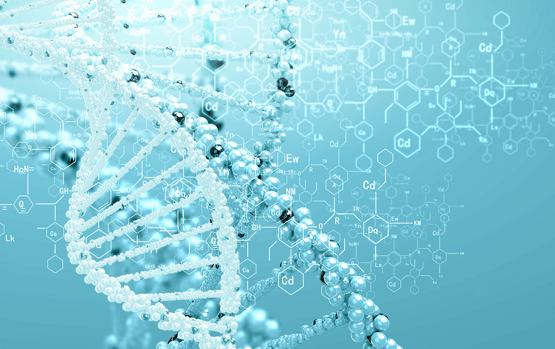Looking for answers? We can help.
Finding out that your child has a genetic condition can be extremely challenging for parents. It may leave you wondering whether you will have to reassess everything you had planned and hoped for regarding your child’s and family’s future. But life does not stop with the discovery of an extra X or Y chromosome, nor will your child stop growing. Life will be different, but not without many of the same joys and challenges that all parents feel in their children’s lives.
Here you will find many resources to help you better understand your child and get the support you need to help guide them to maturity and their fullest potential.
Frequently Asked Questions
The questions below serve as a general preview for the more extensive list of Frequently Asked Questions on X and Y chromosome variations, grouped by condition, that is available here.
Alan’s Story
“My son was diagnosed at 18 months. He is now 8. We take him to a speech therapist once a fortnight and he has a tutor for school. Although he has a modified IEP (individual education plan), he is doing OK at school. His strengths seem to be with people. He makes friends easily and quickly. He really knows how to have fun and is known for having a good time.”

Latest News & Research
Exploring the Strengths of Students with X&Y Variations
"Children with sex chromosome aneuploidies (SCAs) are often characterized in the literature by limitations and pathologies related to the genetic diagnosis. This study aimed to broaden the SCA phenotype by describing parent reported character and [...]
A Klinefelter Update for Pediatricians
"Advances in the Interdisciplinary Care of Children with Klinefelter Syndrome"—This nearly 30-page story in the journal Advances in Pediatrics is directed at pediatricians and family physicians who treat children, and who may thus come across [...]
The Triple X Syndrome Phenotype
"Expanding the Phenotype of Triple X Syndrome: A Comparison of Prenatal Versus Postnatal Diagnosis" —This cross-sectional study was published in the American Journal of Medical Genetics. It describes the diagnosis, physical aspects, medical problems, and neurodevelopmental [...]
Exploring Klinefelter Syndrome
"The Impact of Living with Klinefelter Syndrome: A Qualitative Exploration of Adolescents and Adults" — This research article examines the medical, psychological, and social challenges that arise in individuals with 47,XXY as well as providing practical [...]









